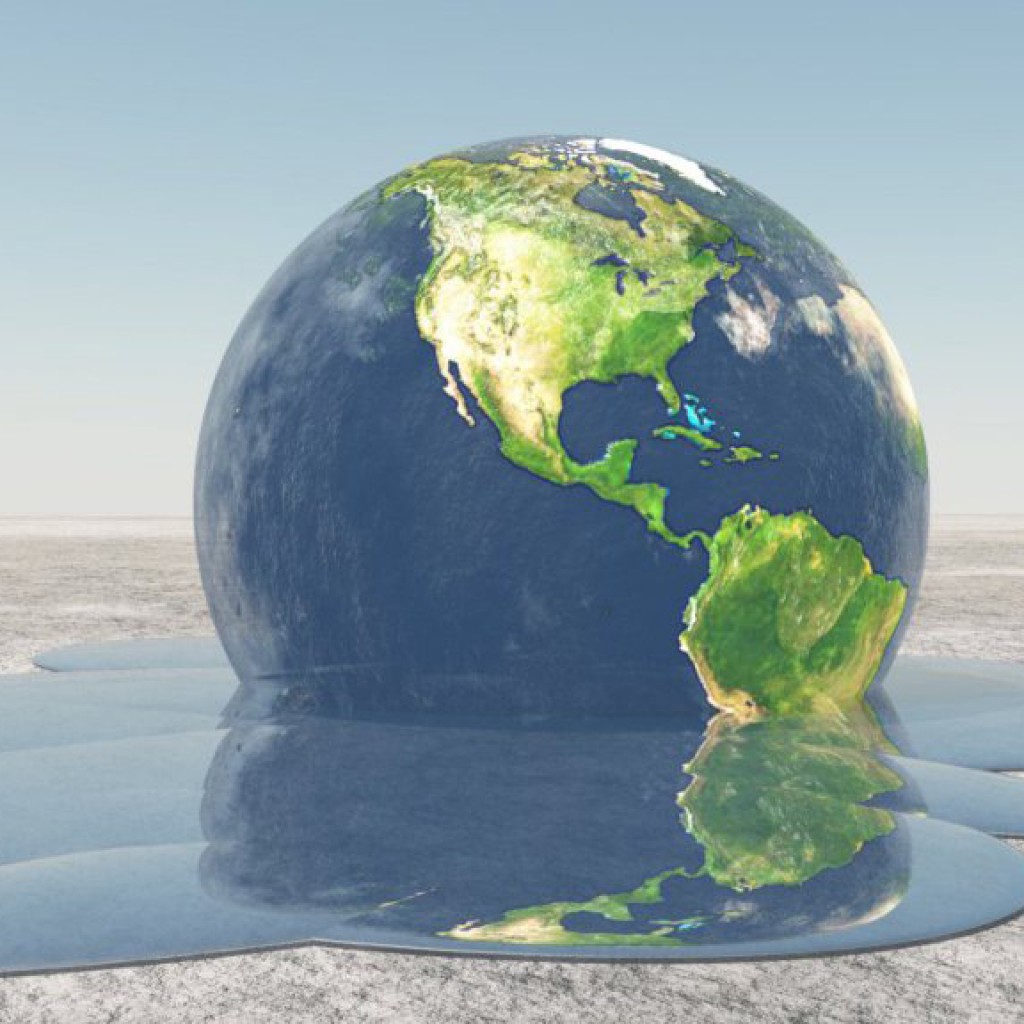
A working group of engineers, researchers, and municipal officials from four South Florida counties has amended their short- and long-term projections on the severity of rising sea levels Thursday, saying they expect six to 10 inches of sea level rise by 2030, and between 28 and 57 inches by 2100.
The four-county Southeast Florida Regional Climate Change Compact updated their predictions after a comprehensive review of recent scientific and technical literature, the group said in an announcement.
The likely effects of this sea level rise according to the new findings include coastal inundation of inland areas, increased frequency of flooding in vulnerable coastal areas, increased flooding in interior areas due to impairment of the region’s stormwater infrastructure, saltwater intrusion into the aquifer and local water supply wells, and contamination of the land and ocean with pollutants and debris and hazardous materials released by flooding.
The report also cited socio‐economic impacts such as displacement, decrease in property values and tax base, increases in insurance costs, loss of services and impaired access to infrastructure.
The group found the likelihood and severity of the effects depend on greenhouse gases emitted globally, rate of melting of land‐based ice sheets, the decisions and investments made by communities to increase their climate resilience, as well as “many interconnected processes” both natural and man-made that cascading climate change will affect.
The Compact was formed in 2010 as a partnership between Broward, Palm Beach, Miami-Dade, and Monroe counties to advance regional climate mitigation and adaptation strategies.
The new report did include a caveat about the boundaries of their predictions.
“Projected sea level rise, especially by 2060 and beyond, has a significant range of variation as a result of uncertainty in future greenhouse gas emissions and their geophysical effects, the incomplete quantitative understanding of all geophysical processes that might affect the rate of sea level rise in climate models and the limitations of current climate models to predict the future,” the report read.


